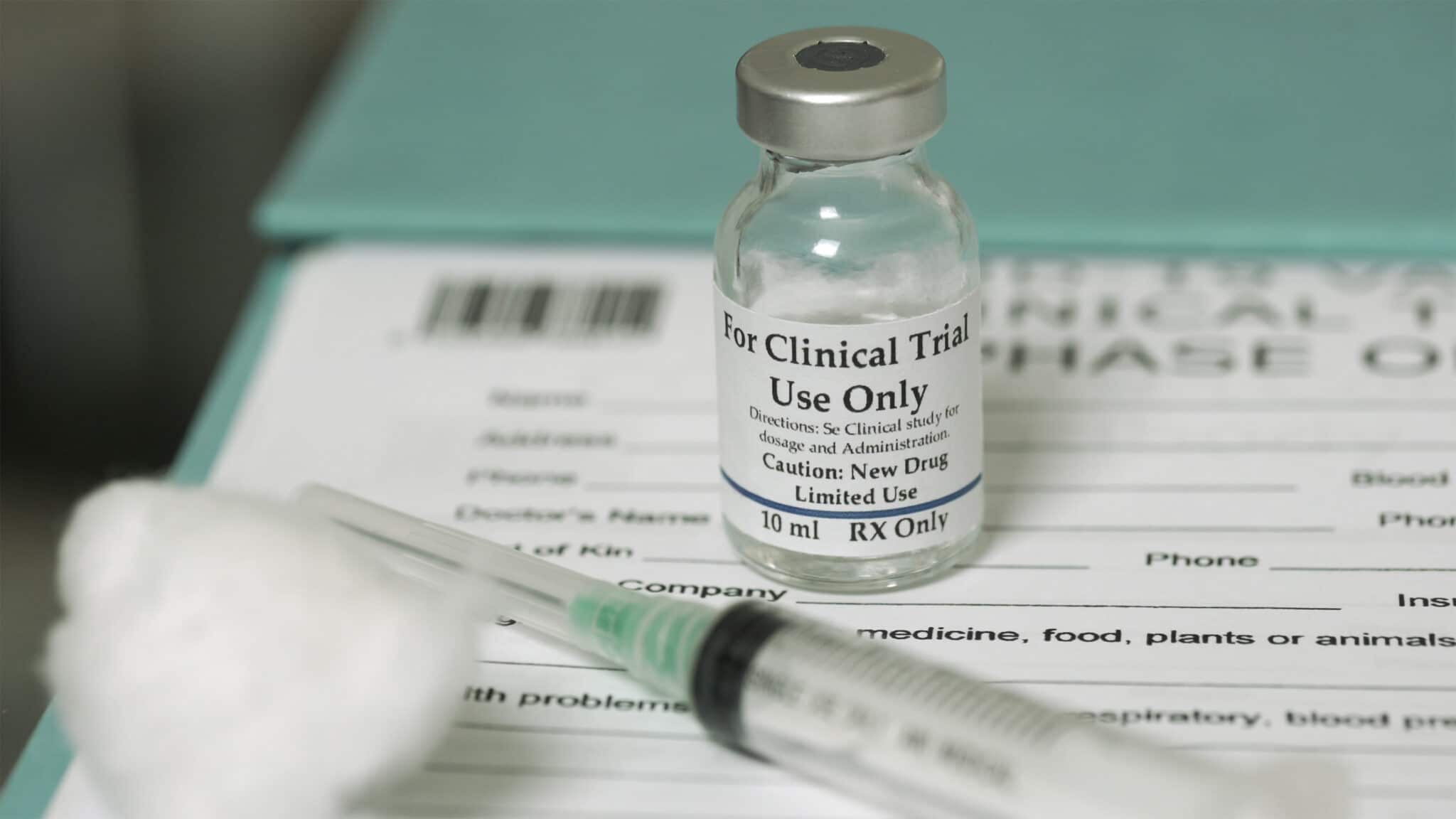The implementation of the Clinical Trial Regulation (Regulation (EU) No 536/2014): where do we stand?

Published on: Mar 03, 2021
While the Regulation (EU) No 536/2014 was adopted back in 2014, its application in the European Union depends on the full functionality of the Clinical Trials Information System (CTIS) which will contain the centralised EU portal and database for clinical trials governed by the Regulation.
The audit of the CTIS will take place in January 2022. As this date, eagerly awaited, is getting closer, do not be behind the eight ball, get ready!
Here are a few essential points to be aware of:
Key differences between Directive 2001/20/EC and Regulation (EU) No 536/2014
Unlike the Directive, the Regulation will be binding in its entirety and will be directly applicable in all EU/EEA Member States: the 27 EU countries and Iceland, Liechtenstein and Norway – not including, of course, the UK following the Brexit. This will ensure that rules for conducting clinical trials are identical throughout the EU/EEA and will also allow a coordinated assessment of clinical trial applications between Member States, which will end up with one single assessment outcome per country (compared to the previous requirement to have a Competent Authority approval and Central Ethics Committee favorable opinion in each EU/EEA country). The timelines for review will therefore be harmonized as well, and will mirror the current review timelines implemented in Spain, one of the countries which has already aligned its national law with the future Regulation.
Despite this harmonization effort, some areas of the Regulation will be completed by national laws (content of Part II, language requirements, fees, need for EU legal representation, etc.). In addition, additional aspects relevant for clinical trials but regulated by other laws, such as biological samples, data protection, GMO, radiological procedures, etc., may remain governed by distinct national laws and the additional applications that are currently required in applicable countries will probably still be necessary in most of the countries. Both of these aspects will still require strong expertise in countries’ specificities.
The overall objectives of the Regulation are to make the EU/EEA more attractive for conducting clinical trials, and to provide more information on clinical trials to the researchers and public (see “Transparency” section below).
Transition period between the Directive and the Regulation: impact on ongoing and future clinical trials
-
Before the go-live of the CTIS:
Any clinical trial application (CTA) submitted or ongoing is still governed by the Directive.
-
From go-live to month 12 (estimation: January 2022 to January 2023):
Any new CTA can be submitted either under the Directive or under the Regulation (in the CTIS in the latter case). An ongoing CTA can remain governed by the Directive, or the sponsor may choose to switch to the Regulation at any time until the end of month 36, via the submission of a transition dossier in the CTIS.
Of note, a new clinical trial submitted under the Directive will have to be switched to the CTIS if the trial runs longer than the 3-year transition period permitted by the Regulation, i.e. longer than 3 years after go-live.
-
From month 13 to month 36 (estimation: February 2023 to January 2025):
All new CTAs must be submitted in the CTIS and will be governed by the Regulation. An ongoing CTA can remain governed by the Directive, or the sponsor may choose to switch to the Regulation at any time until the end of month 36.
-
From month 37 (estimation: February 2025):
All clinical trials will be governed by the Regulation irrespective of their date of initial submission.
Elements to consider for transitioning an ongoing clinical trial from the Directive to the Regulation
The protocol version number and consequently the trial title, the primary objective and endpoint as well as the definition of the end of study and main inclusion and exclusion criteria should be the same and approved across all the different EU/EEA countries.
The Investigator’s Brochure and the Investigational Medicinal Product Dossier approved versions should also be the same throughout the EU/EEA. Where applicable, the study documents will need to be harmonized via substantial amendments under the Directive before the trial can be switched into the CTIS.
This harmonization of study documents is to be planned ahead of time since transitioning a clinical trial to the CTIS cannot be done during the assessment period of a substantial amendment.
Another aspect to take into account: the transparency
From the go-live of the CTIS all the requirements of the Regulation will apply. Among these, the transparency (outlined in Article 81(4) of the Regulation) of submitted documents should be carefully anticipated by sponsors. Indeed, applications on which a decision (regardless of the nature) has been reached by the Member States will be made public and the default is always to make public at the first opportunity. The only data that will not be made public are personal data and commercially confidential information. This will imply uploading two versions of a number of documents when submitting an application: a full version for assessment and a redacted version for publication.
Sponsors will have options to defer the timing of publication of specific data/documents and the Member States will have the chance to evaluate the proposal made by sponsors to defer the publication, as applicable.
The deferral rules and the maximum timelines to defer publication of data and documents will depend on the trial category as defined in the Appendix, on disclosure rules, to the “Functional specifications for the EU portal and EU database to be audited – EMA/42176/2014”.
This topic is to be considered carefully at the time of transitioning the dossier, and sponsors will need to implement specific procedures for the redaction of the necessary documents as well as an internal strategy for the deferral requests..

Questions? Get the answer by our expert team
No two product developments are the same, talk to our experts about your development challenges and we will provide your actional recommendations.

